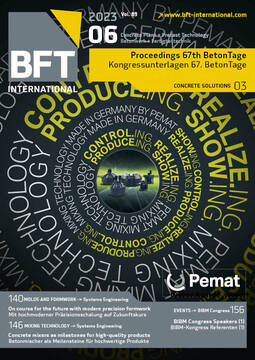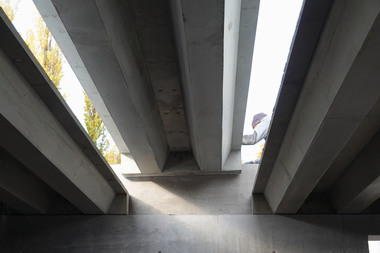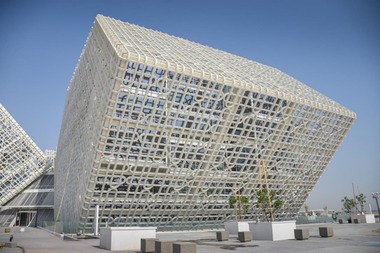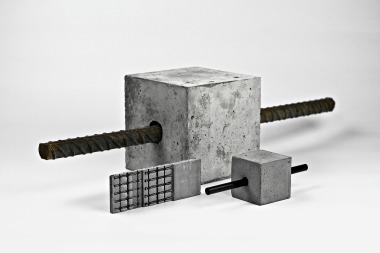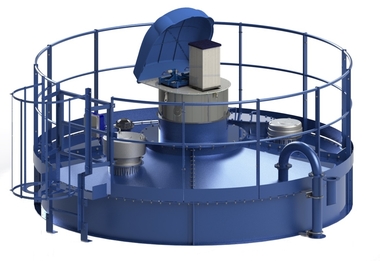Reducing the carbon footprint by using UHPC precast elements in construction projects
The construction industry fulfils basic human needs and is thus one of the cornerstones of our economy. However, the sector also contributes significantly to greenhouse gas emissions. According to the UN Global Status Report 2020, the construction and real estate industries currently account for 38% of global carbon emissions. Reducing these emissions is thus an indispensable goal in this sector.
This presentation showcases project examples of the Drössler group of companies based in the German city of Siegen, in which relevant CO2 savings were achieved in practice by using state-of-the-art building materials and smart construction methods.
This effort essentially relies on the use of ultra-high-performance concrete (UHPC). These types of concrete excel with their very high strength parameters compared to standard concrete. Particularly striking is the phenomenon that the extremely low tensile and flexural properties of normal concrete are so significantly increased in UHPC that some of the reinforcement can be dispensed with. Similarly, the outstanding material properties allow for the cross-sections required for structural reasons to be reduced significantly.
The UHPCs used in the project examples are, among other factors, much more efficient than standard concretes due to their compressive strengths of approximately 130 N/mm² and flexural strengths of about 20 N/mm².
In the projects presented in this lecture, UHPC was used instead of normal reinforced concrete in suitable parts of the structure. This substitution leads to reduced component thicknesses as well as to savings in the quantities and weight of construction materials. In the construction industry, carbon emissions result not only from the manufacture of the elements as such. Construction, logistics, construction equipment (such as cranes) and other categories are also relevant. The tables compare some of the parameters of the following project examples and illustrate the potential for CO2 reduction through the use of UHPC.
Project example 1:
Construction of a building façade with 4 cm thick UHPC elements compared to a standard 12 cm thick reinforced-concrete curtain wall. 30.8 tons of CO2 were saved as a result.
Project example 2:
Use of UHPC modules in a hotel building combined with a conventional structural framework made of precast reinforced-concrete elements. In this case, the modular units were designed with 3 cm thick UHPC walls, as opposed to standard concrete walls that would be at least 8 cm thick. About 127.2 tons of CO2 were saved.
Furthermore, the cumulative wall thickness reduction opened up the space for additional hotel rooms within the same total area. The aim is to show that reducing carbon emissions by exploiting the advantages of state-of-the-art, high-performance building materials is already feasible in practice to a certain extent, rather than being restricted to research.





